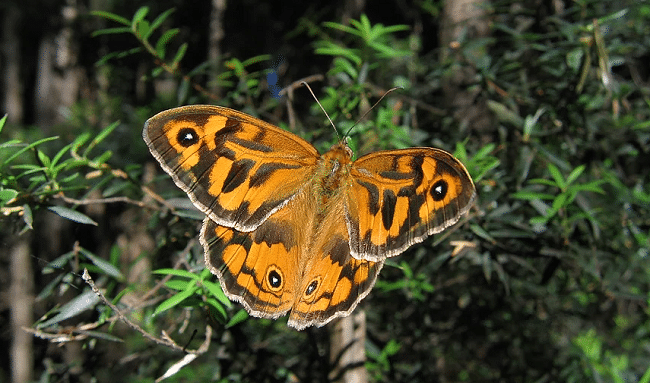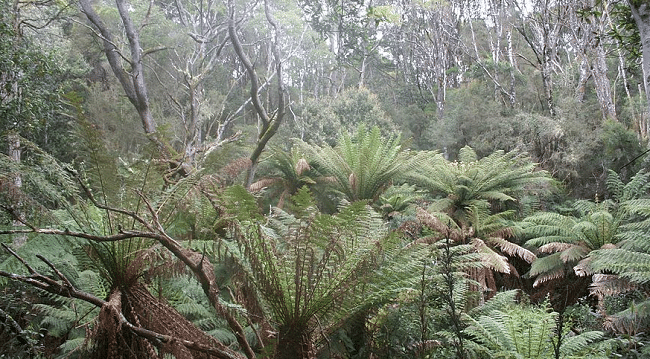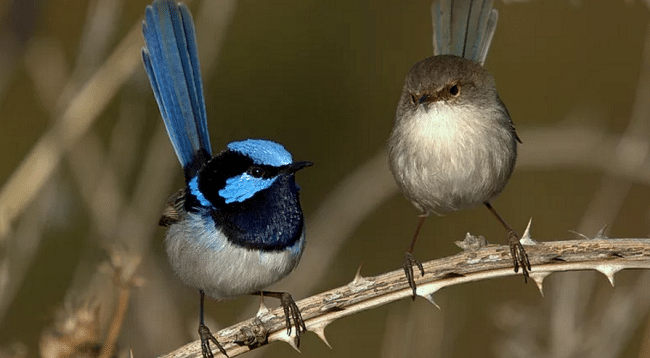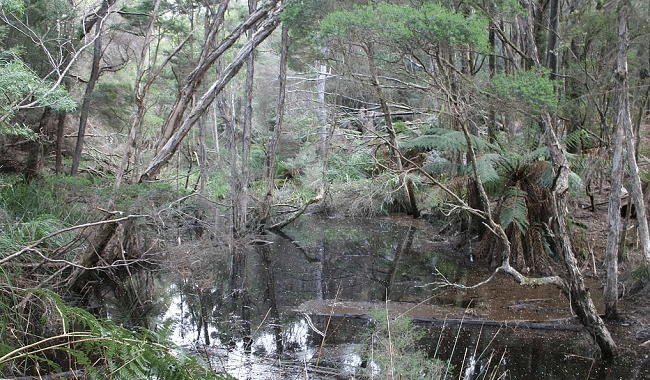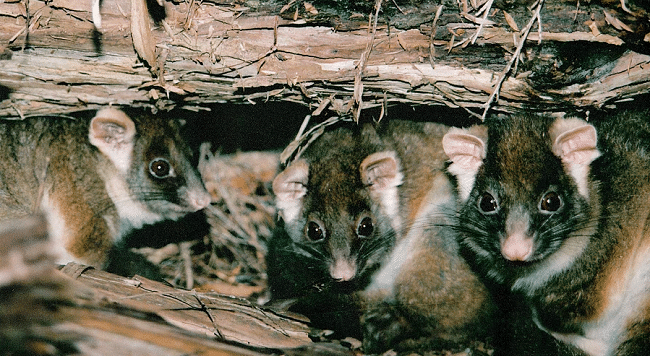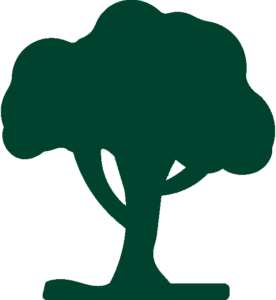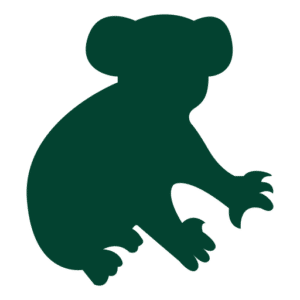Pam Rolley and Wade Roskam are the owners of Pegarah Private Nature Reserve & Parenna Place, a property located on the east coast of King Island. The property is a dedicated wildlife sanctuary and Private Nature Reserve protected in-perpetuity by a conservation covenant since 2001. It is Pam and Wade’s intent to continue to use the property for conservation and wildlife protection while encouraging visitors to visit King Island for tourism and education. The sanctuary is 100% solar-powered, self-sufficient and sustainable and Parenna Place provides a social space for meetings, classes, events and gatherings with a focus on fostering a culture of wellbeing within the Reserve’s habitat zone.
The property covers approximately 45 hectares which are exceptionally rich in biodiversity. Water catchment and collection supplies the habitat zone, which includes an organic vegetable garden and small orchard. Vegetation types include blackwood and eucalyptus forests, giant man fern rainforest landscapes and King Island scrub complex. 109 native plant species have been recorded in the Reserve including a number of threatened, vulnerable and rare types.
“Of particular interest is the wide range of orchids, including a number which were not previously known to occur on King Island…[and one previously never recorded]…the Forest Reserve contains some amazing examples of very large, very tall, old banksias, reflecting the age and is evidence that the vegetation has not had any major disturbance for many years.” – Dr. Richard Barnes, Biodiversity Scientist in Pegarah Private Nature Reserve’s Bushcare & Natural Heritage Trust Vegetation Survey, 2001 and Kerri Spicer Biological Monitoring Officer, Private Forest Reserves, Tasmanian Government, 2008.
The swamp forest is dominated by blackwoods (Acacia melanoxylon) with canopy specimens ranging between 25 to 30 metres in height. It has a typically closed canopy and naturally low species diversity, except for the prolific number of ferns species (including Blechnum spp., Cyathea spp., Dicksonia spp., Polystichum spp., Microsrum spp., Pteris spp., Hymenophyllum spp., Histiopteris spp. and Pteridium spp.). Swamp paperbarks (Melaleuca ericifolia) form a dense midstorey layer underneath the blackwood canopy along with prickly moses (Acacia verticallat) and golden woods (Monotoca glauca) growing up to 12 metres. Stands of large Tasmanian mountain peppers (Tasmannia lanceolata) and rough tree ferns (Cyathea australis) up to 20 metres tall are common along Bronzewing Creek
King Island Eucalyptus Brookeriana forest is also present on the Reserve and features a canopy dominated by brookers gums (E. brookeriana) which range in height from 5 to 25 metres scattered with Tasmanian blue (E. globulus) and manna (E. viminalis) gums. The understorey is dominated by open ground covered in leaf litter and bark. Cutting grasses (Gahnia grandis) and shrubs, such as cheesewoods (Monotoca glauca), tea trees (Leptospermum scoparium) and silver banksias (Banksia marginata) occur throughout the understorey, along the creeklines and damp areas. This forest type occurs along the ridgelines that follow the Bronzewing Creek, in drainage lines and low lying areas across the Reserve.
King Island scrub complex has a dense canopy dominated by tall shrubs including tea trees (Leptospermum scoparium), variable sallow wattles (Acacia mucronata), cheesewoods (Monotoca glauca), blackwoods (Acacia melanoxylon) and silver banskias (Banksia marginata) with brookers (E. brookeriana) and Tasmanian blue (E. globulus) gums. Mosses, lichens, and orchids (Pterostylis spp.) are usually abundant at the base of the larger tea trees. The Reserve also has prolific fungi, lichen and moss types.
Priority and threatened species priority species include blueberry ashes (Elaeocarpus reticulatus) and Australian mulberries (Hedycarya augustifolia), lance beard heaths (Leucopogon lanceolatus) listed as rare under Tasmanian law; tiny fingers orchids (Caladenia pusilla), a third new species of potato orchid (Gastrodia spp.) not anywhere previously recorded, and green finger orchids (Caladenia transitoria) not previously found on King Island. Kangaroo Fern, epiphyte or rarely, lithophyte (on rocks or logs) has only been found in two other locations on King Island and both growing types are found in the Reserve.
King Island mammal, bird, insect, reptile and amphibian species thrive on the sanctuary including chocolate wattled bats (Chalinolobus morio), brushtail (Trichosurus vulpecula), ringtail (Pseudocheirus peregrinus) and eastern pygmy (Cercartetus nanus) possums, Bennett’s wallabies (Macropus rufogriseus), long-nosed potoroos (Potorous tridactylus), swamp rats (Rattus lutreolus), Tasmanian pademelons (Thylogale billardierii), short-beaked echidnas (Tachyglossus aculeatus) and swamp antechinus (Antechinus minimus). Pegarah Private Nature Reserve is situated within both international and national migratory flight paths and often acts as a refuge for vagrant bird species. The Reserve is home to six species endemic to King Island (of which two are Critically Endangered and two are Vulnerable), and ten of the twelve species endemic to Tasmania. It is also a safe haven for Critically Endangered orange-bellied parrots (Neophema chrysogaster).

